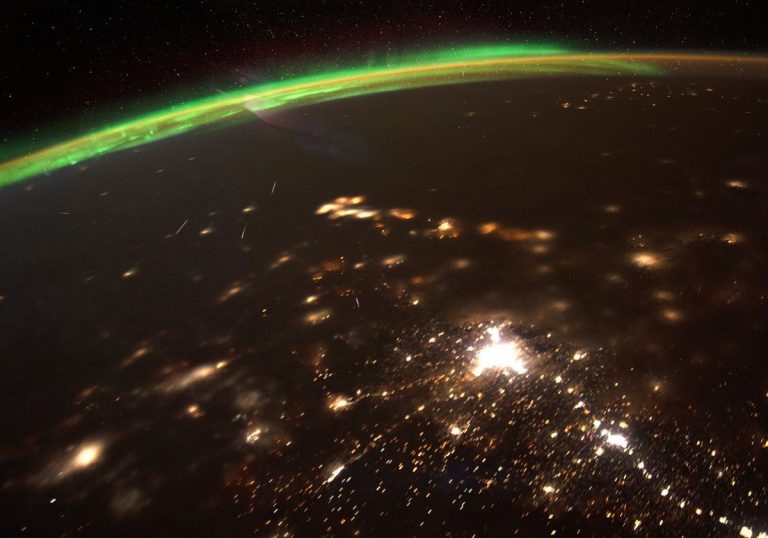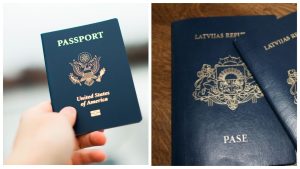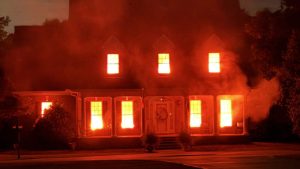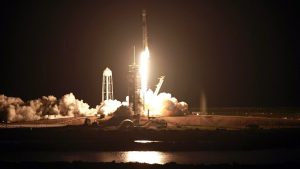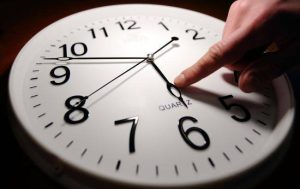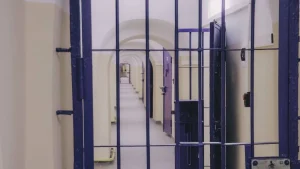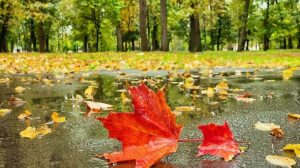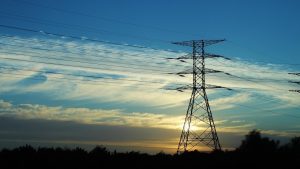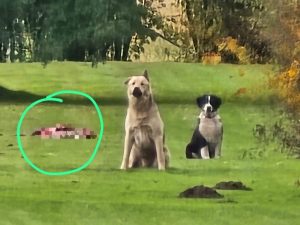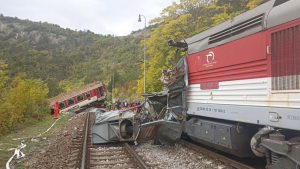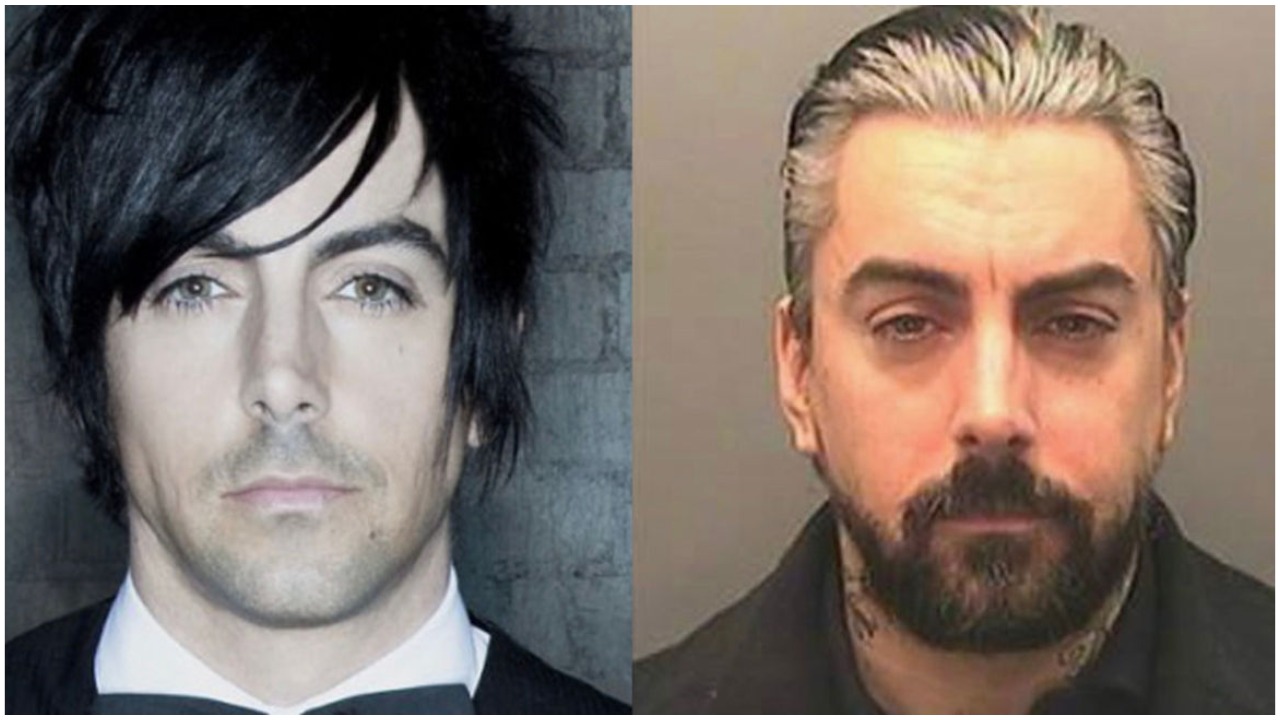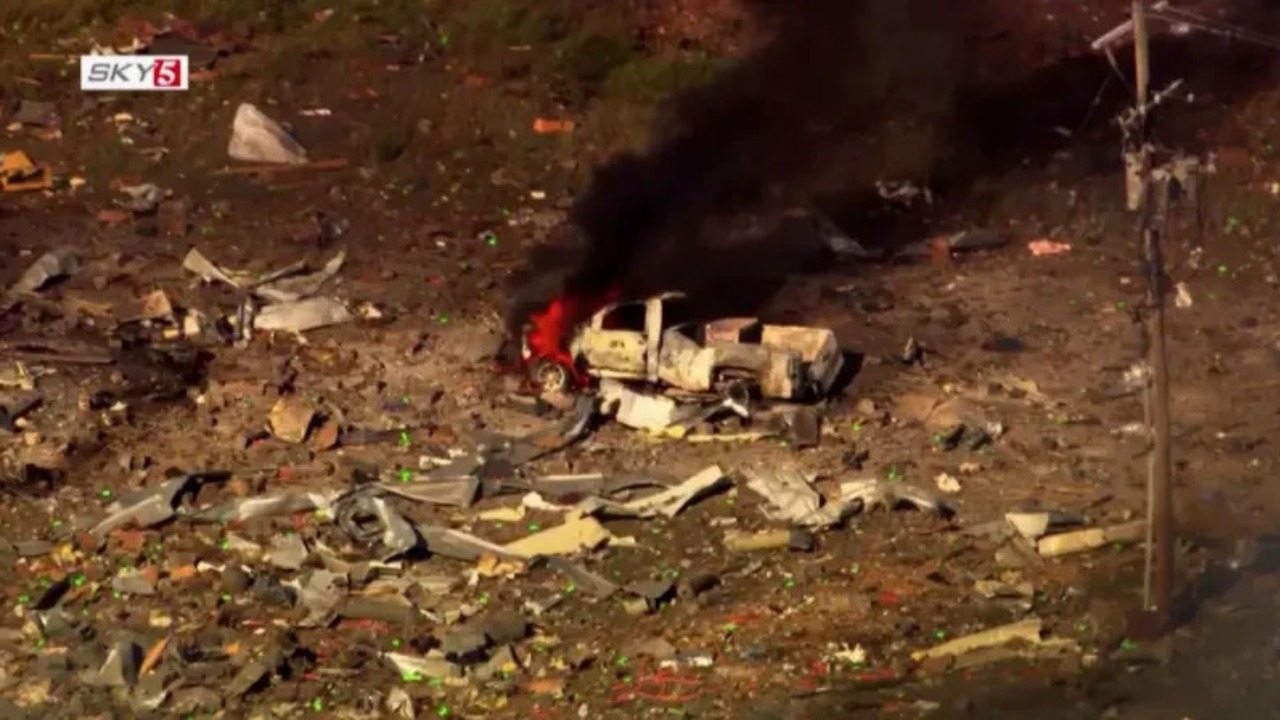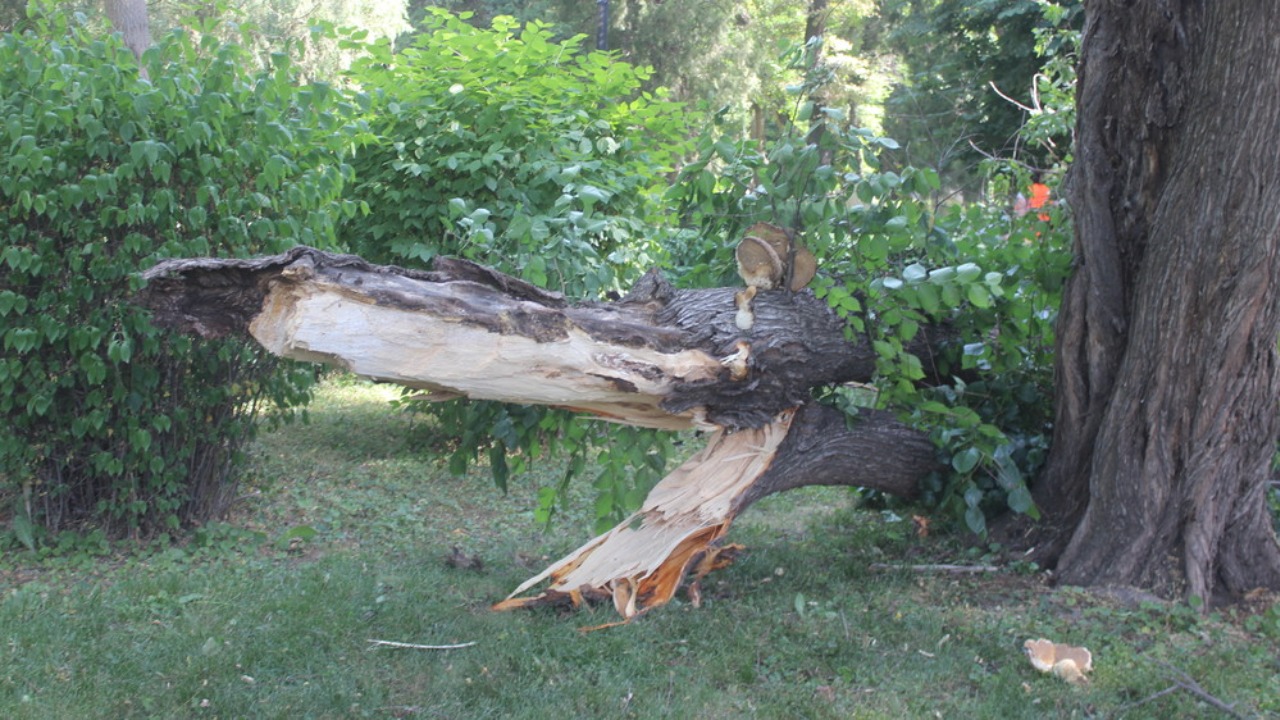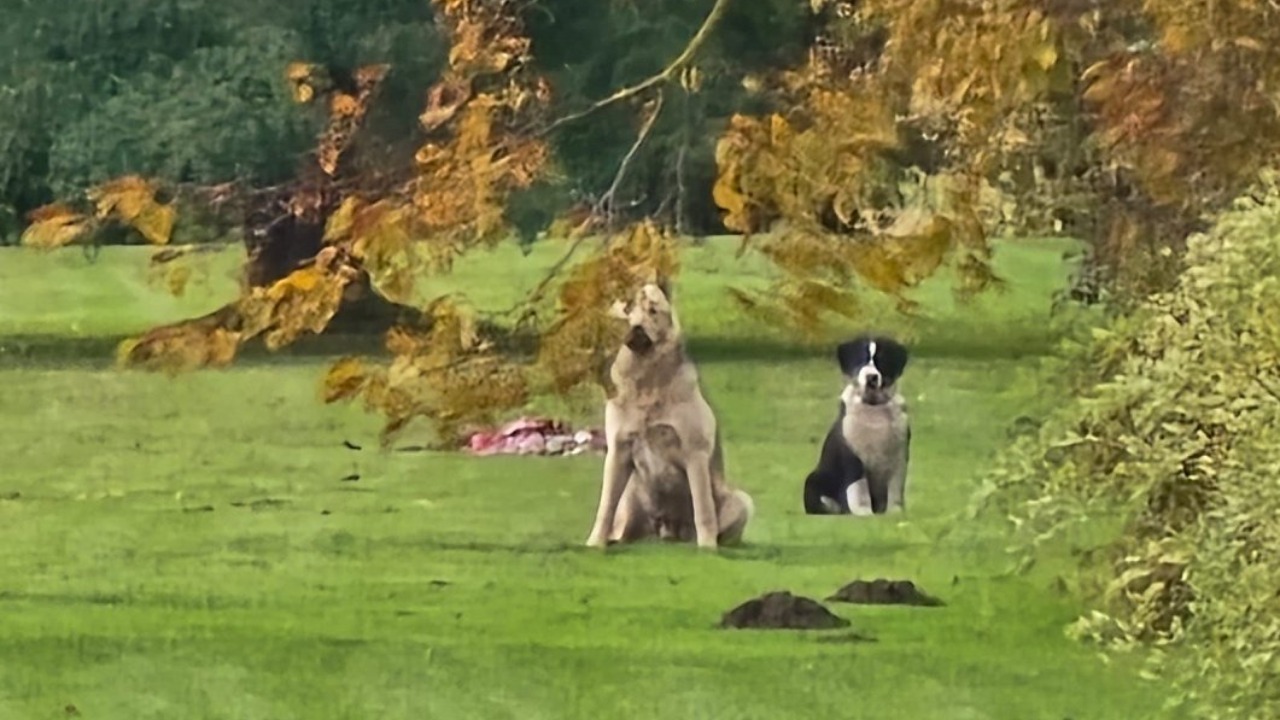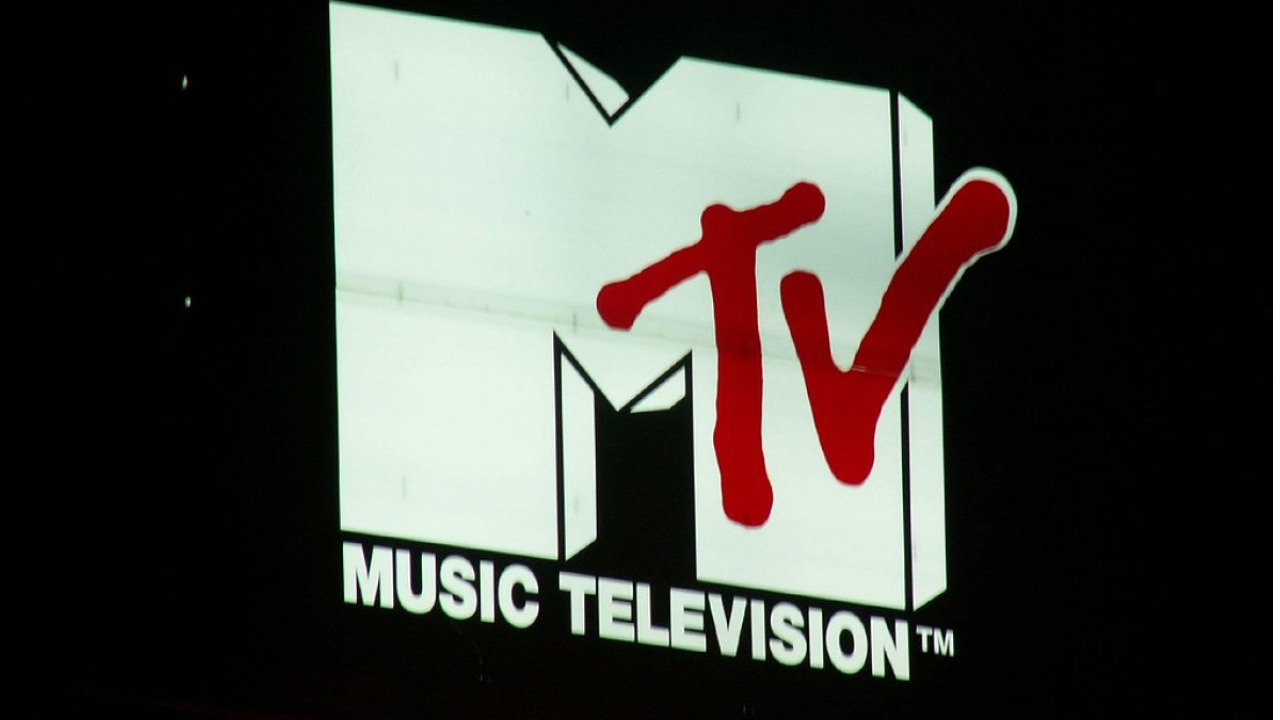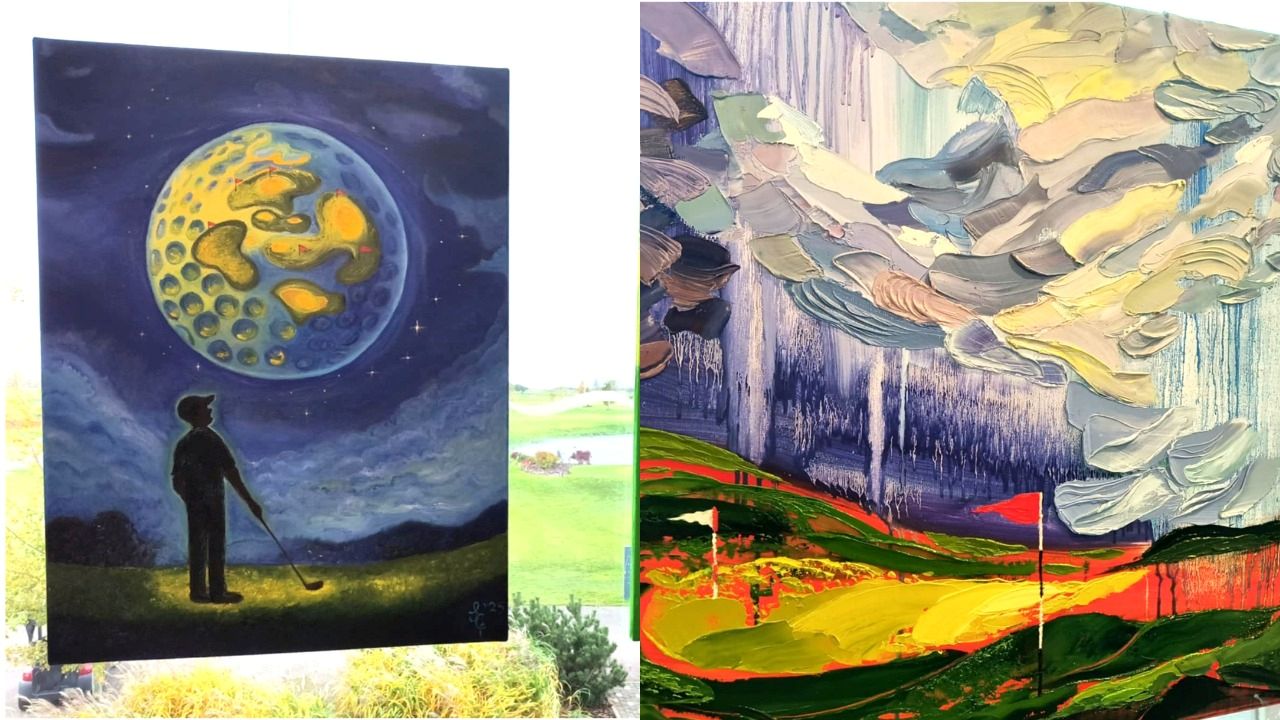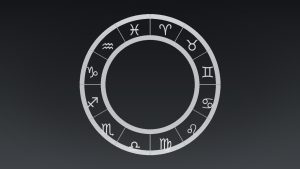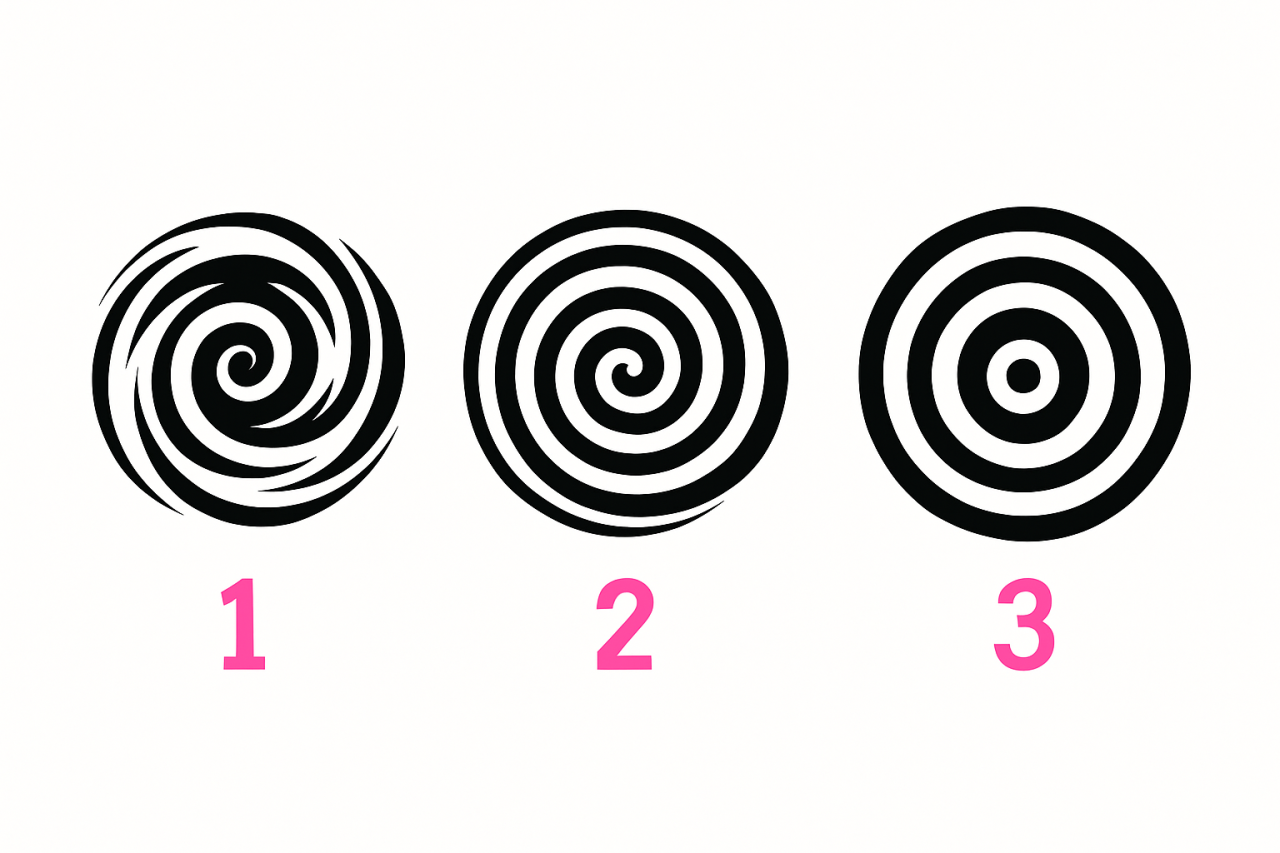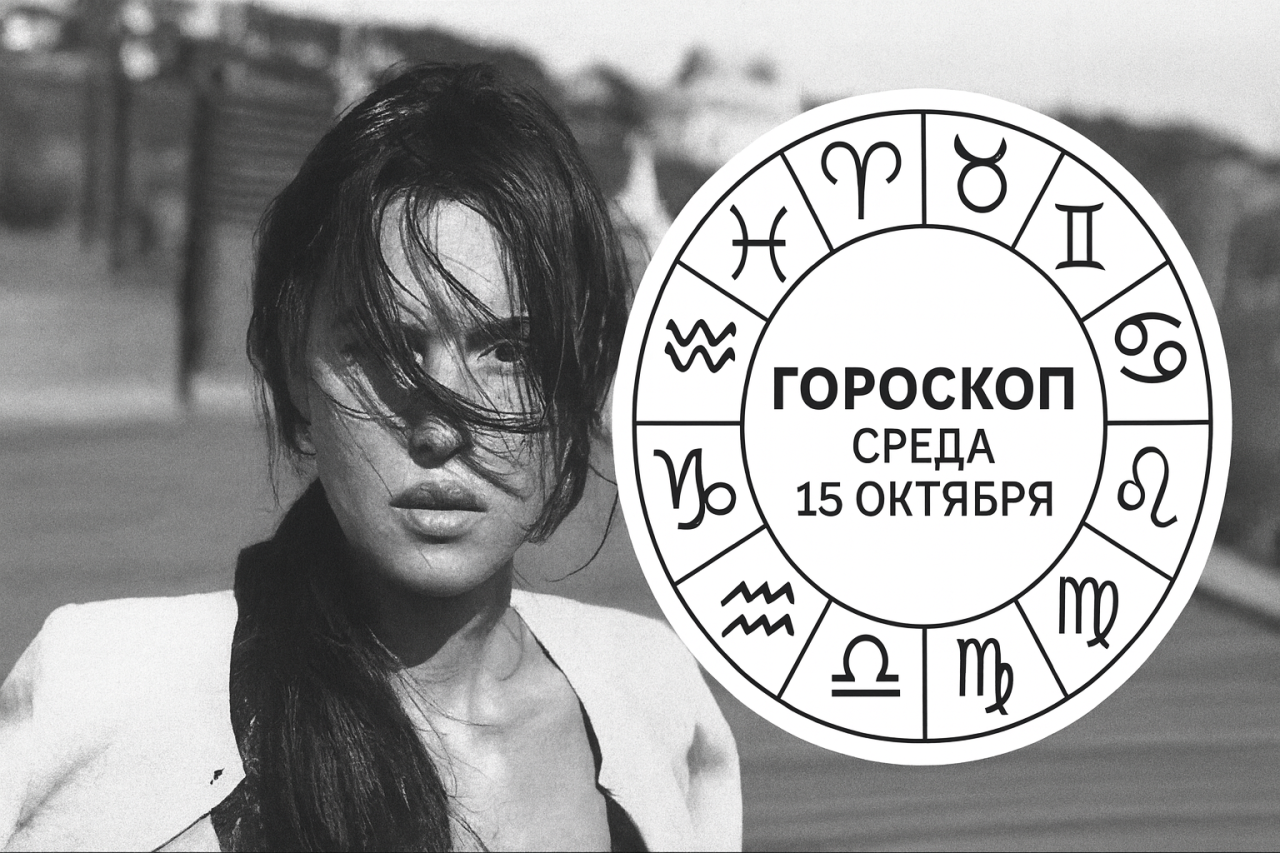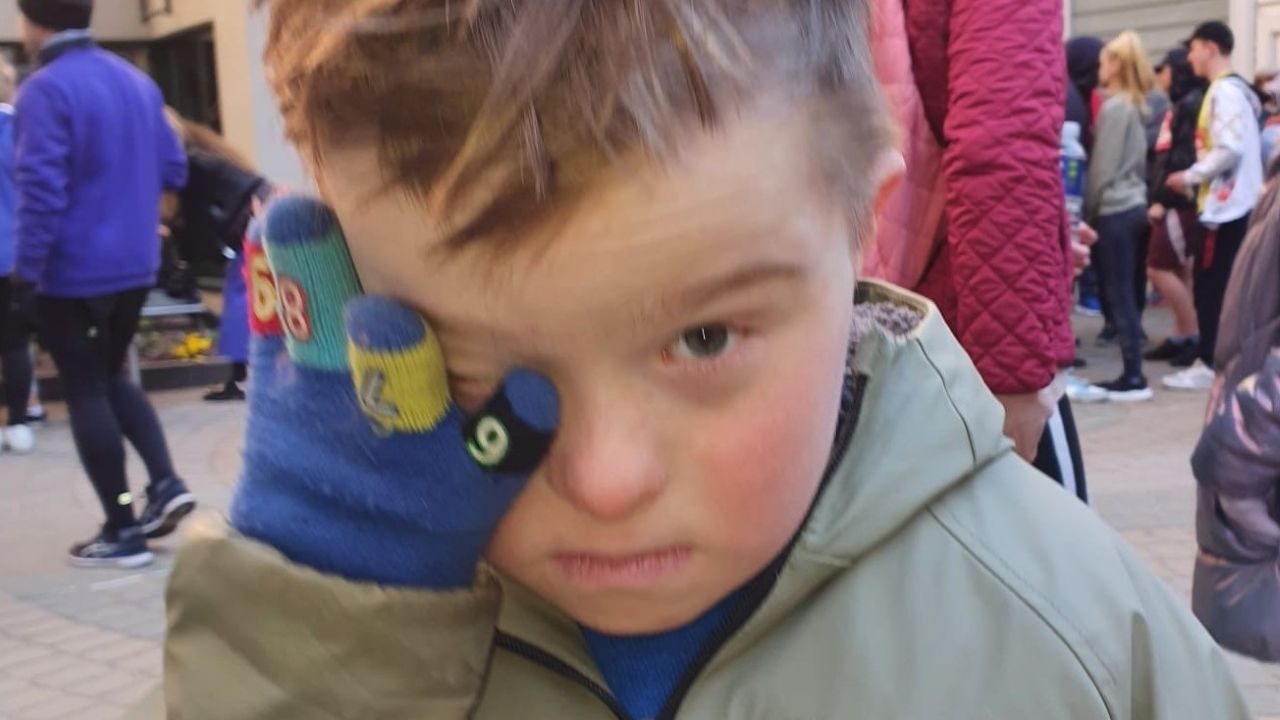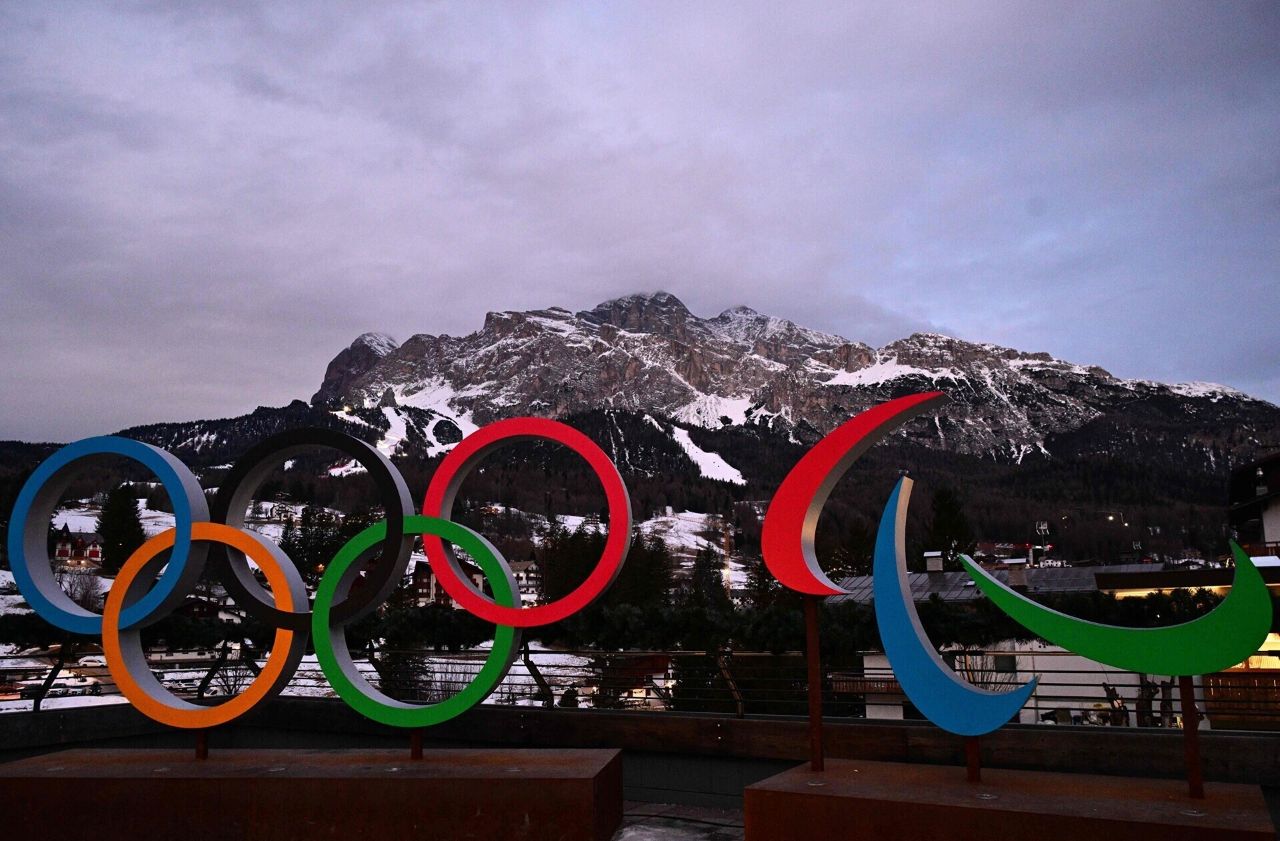Астронавт НАСА Кристина Кох опубликовала изображение метеорного потока Quadrantid - первого метеорного потока 2020 года. Сообщение подписано, что поток можно наблюдать из космоса.
Первый в 2020 году метеорный поток Квадрантиды, который можно наблюдать с 28 декабря 2019 года по 12 января 2020 года, достиг своего максимума. Метеоры вылетают из созвездия Волопac.
Can you see shooting starts from space? Turns out, yes! The first meteor shower of the decade and we were lucky enough to catch it from the @Space_Station along with the northern lights. This is a composite image of a few of the #quadrantids as they blazed into the atmosphere. pic.twitter.com/ETdMRK1d86
- Christina H Koch (@Astro_Christina) January 6, 2020
Информагентства и пользователи соцсети Twitter публикуют свои снимки метеорного потока.
NASA astronaut Christina Koch posted a dazzling image of the Quadrantid meteor shower - the first meteor shower of 2020 - with a tweet saying the shooting stars could be seen from space https://t.co/QSx0UMpQqe pic.twitter.com/FIrqbxTQPE
- CNN (@CNN) January 8, 2020
Quadrantid meteors and a fading Betelgeuse on the morning of the 4th, from Lesna, Slovakia. Image Petr Horalek. pic.twitter.com/PUKSh7jvp5
- Con Stoitsis (@vivstoitsis) January 8, 2020
How to see the Quadrantid meteor shower bring in 2020 with a blast - CNET: #ai #deeplearning #iot ht: @MikeQuindazzi https://t.co/0Qhp9qDkXW pic.twitter.com/nu6pMU8P1m
- Kim Muro (@WorldTrendsInfo) January 7, 2020
I looked at the Quadrantid meteor shower in the evening. It seemed very active. I left the camera to photograph a meteor shower. Here are the brightest lines in four hours.
Credit ? Satu Juvonen on January 4, 2020 Lieksa, Finland pic.twitter.com/sVAcyallVI
- Domenico Calia (@CaliaDomenico) January 5, 2020
Свое название первый «метеоритный дождь» года получил от созвездия Стенного Квадранта. В настоящее время звезды этого созвездия включены в созвездия Волопаса, Дракона и Геркулеса.
The early morning of Jan. 4th brings the peak of the Quadrantid #MeteorShower. Face toward the northeast between midnight and dawn, your local time, to see as many as two dozen meteors per hour under dark skies. Details: https://t.co/vCJ6u9MJXl pic.twitter.com/WhcEJyckDx
- NASA Solar System (@NASASolarSystem) January 3, 2020
Звездопад лучше наблюдать после полуночи вдали от городских огней. Астрономы советуют смотреть в сторону северо-восточного горизонта неба, так как именно там располагается радиант Квадрантид.
Отмечается, что один из самых крупных и регулярных метеорных потоков вызывает небольшой астероид Солнечной системы 2003 EH1.
PASS IT ON: Quadrantid meteor shower peaks Friday night into the predawn hours of January 4th. The first quarter moon will set shortly after midnight leaving a fairly dark sky for viewing. Up to 40 meteors will be possible per hour! #MeteorShower #Space pic.twitter.com/ZLeYV0UdIZ
- Mark Tarello (@mark_tarello) January 2, 2020
#Quadrantid #meteor from Hampshire last night at 23:18. pic.twitter.com/Xkxq6CI5KA
- Richard (@nova_foresta) January 4, 2020

